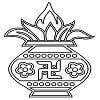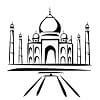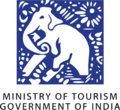- Home
- Holiday Ideas
-
-
- Choose Your Traveling Theme
-
- Adventure Tourism
-
- Cultural Tourism
-
- Tour Packages
-
-
- Packages by State
-
- Holidays by Interest
-
- Popular Tour Packages
-
- Fair And Festivals
-
- Ayurveda And Yoga
-
- Offers
-
- Destinations
-
Gangtok
Mt Kanchenjunga vantage point
Gangtok
Perched on steeply-tiered hills within the eastern Himalayas, the picturesque city of Gangtok, the capital of Sikkim, is about against the backdrop of the majestic Mt Kanchenjunga (Khangchendzonga). A tourist hotspot, it invites adventure seekers for its well-laid trekking trails and avenues for mountain biking, hiking, paragliding and river rafting. the town allows you to set free your inner daredevil and explore the mighty Himalayas like never before.
One of the foremost frequented hill stations of Sikkim, Gangtok is additionally a well-liked Buddhist pilgrimage site and therefore the largest city within the state.
It rose to prominence after the Enchey Monastery was established in 1840. In 1894, the ruling Sikkimese Chogyal declared Gangtok the capital of the region. It grew to be a serious stopover on the trade route between Lhasa in Tibet by the first 20th century.Apart from being a centre for Lamaism , Gangtok may be a go-to destination for mountain and wildlife lovers. Magnificent views of varied monasteries, Mt Kanchenjunga, Siniolchu, Chumbi Valley and therefore the Chinese border will leave you spellbound. Uniqueness, vibrancy, colours, clouds and warm people all close to form Gangtok irresistible.The city is additionally a major destination for shopping-lovers. The government-run handicraft centre offers unique artefacts, while local hangouts like MG Marg are go-to spots for delicious Sikkimese food and artistic handicrafts. The Gangtok Food and Culture Festival held in December per annum draws tourists in hordes and may be a celebration of the heritage of the town .
Read MoreHow to get there
By Air
Pakyong Airport in Pakyong village lies about 35 km south of Gangtok and is the nearest one.
By Road
Gangtok has well-connected motorable roads accessible from anywhere in India.
Rail
New Jalpaiguri Railway Station in Siliguri is 148 km away from Gangtok and well-connected to all the major cities in the country.
Attractions
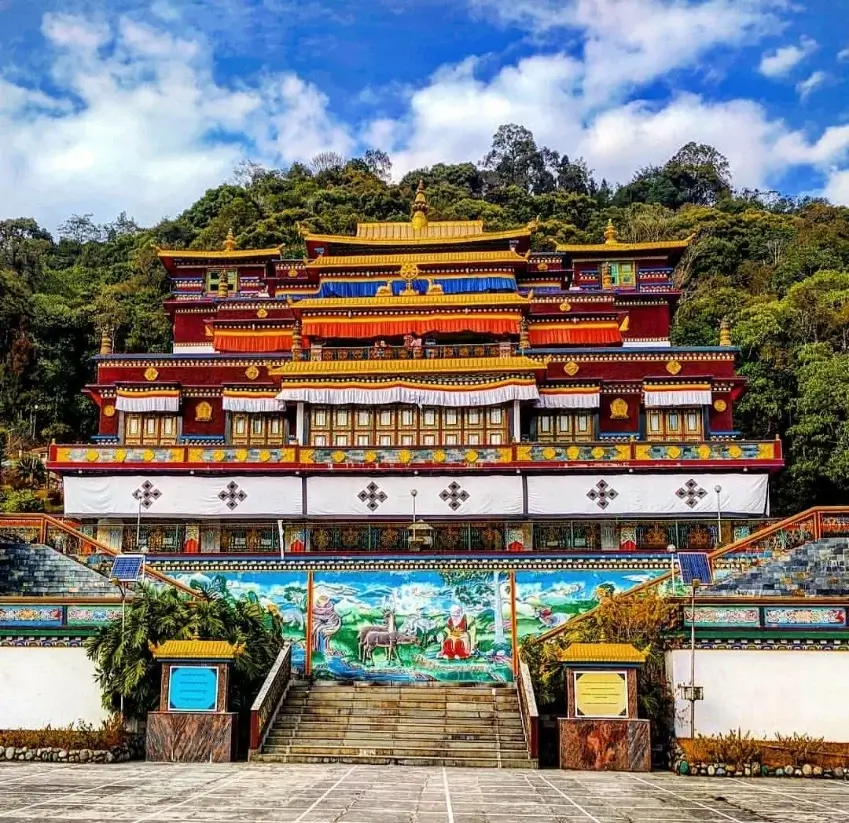
Rumtek Monastery
Perched on a hillock, around 20 km from Gangtok, the Rumtek Monastery is additionally referred to as the Dharma Chakra Centre and is the seat of His Holiness Gyalma Karmapa the XVI, the top of the Karma Kagyu order of Lamaism . inbuilt the 16th century, it’s the most important monastery in Sikkim and displays the simplest of Tibetan architecture, along side rare Buddhist art pieces. the huge prayer hall inside the monastery is decorated with splendid murals, statues and ancient thankas (Buddhist paintings on fabric). One also can observe beautiful paintings of Kargyu lineage and eight Bodhistavas. it’s a world-renowned centre for Kargyu teachings.
The main structure of the building was made in accordance with the normal designs of Tibetan monasteries. Its interior is adorned with murals, frescos and paintings. there’s a shrine hall within the main building with a 10-feet-high statue of Sakyamuni Buddha. The monastery is enshrined with four other statues, those of Virupaksha, Virudaka, Dritarashtra and Vaishravana, considered to be the guardians of the universe. it’s believed that when the 9th Karmapa threw holy rice after performing a ritual, four rice grains were scattered in Sikkim and one among the grains fell on the spot where the old Rumtek Monastery is erected today, which may be a 15-minute walk down the slope from the Dharma Chakra Centre.
Enchey Monastery
Set on a hilltop, on the outskirts of Gangtok, the Enchey Monastery is quite 200 years old. The word ‘Enchey’ means a solitary temple, and therefore the monastery may be a vibrant spectacle surrounded by rolling greens.
While this structure was built during 1909-1910 under the rule of Sidkeong Tulku, Namgyal ruler of Sikkim in 1919, the first structure is far older and was installed by Lama Druptob Karpo. Lama Karpo was a tantric master, who was supposedly renowned for his ability to fly. it’s believed that on his way from Maenam Hill, he stopped here, built alittle hermitage for private use to meditate and gave structure to the monastery. Lord Buddha, Loketeswara and Guru Padmasambhava are deities worshipped here.
During the 12th moon (January) of the Tibetan calendar, on the 18th and 19th days, the colourful dance of chaam is held at the monastery where monks wear masks and participate in religious celebrations. Another famous festival held here is Pang Lhabsol, during which the Bhutia and Lepcha communities close to swear blood-brotherhood, with the mighty Kanchenjunga attesting to the present pledge.
Here, the Nyingma order of Vajrayana Buddhism is followed. Currently, there are about 90 monks residing during this monastery, which is extremely peaceful, and allows visitors to meditate in serenity, amidst stunning surroundings.


Phodong Monastery
Set at a height of 4500 ft, giving a picture-perfect view of deep valleys and towering mountains, Phodong Monastery is one among the six most vital monasteries in Sikkim, inbuilt the 18th century, circa 1740, by Chogyal Gyurmed Namgyal, the then ruler of Sikkim. It belongs to the Karma Kagyu sect of Lamaism and houses beautiful paintings and murals.
The original structure was destroyed in an earthquake, and rebuilt by the lamas in 1977 with the assistance of state funds. The new building is greater and grander than the old one. The old fresco paintings were extracted by the Delhi National Museum Institute, and were preserved till they might be transported to the new monastery.
Phodong finds mention within the writings of French explorer Alexandra David Neel, who spent a couple of years, beginning in 1912, learning Buddhism here, under the guidance of the third Lachen Gomchen. She was gifted a Buddha statue by Chogyal Sidkyong Tulku, the 10th ruler of Sikkim, that was returned to the monastery after she gave up the ghost in 1969. a number of her photos are on display on the primary floor of the building. per annum , the monastery hosts a festival on the 28th and 29th days of the tenth month of the Tibetan calendar. The resident monks celebrate the festival with a special chaam dance, along side spiritual rituals. Currently, around 260 monks live near the monastery and offer prayers on a daily basis as a neighborhood of their daily routine. at the present , it’s rated to be one among the foremost mesmerising monasteries of Sikkim.
Seven Sisters Waterfall
A series of seven waterfalls, arranged sideways on a cliff, the Seven Sisters Waterfall is one among the foremost beautiful sites within the Northeast. It are often seen in three distinct tiers, very clearly distinguishable from a distance. you’ll only view four of the seven falls from rock bottom , since the opposite three are much above . alittle footbridge wounds its way across the stream and tourists can enjoy the refreshing sight at close quarters.The place is especially attractive during monsoon (in the months of June and July) when the falls are imbued with an overwhelming flow, gushing over the rugged rock wall. The streaming water hits the limestones underneath, sounding almost like hell . The place may be a photographer’s dream, and makes for a quaint picnic spot for families.
In order to ingratiate the falls to tourists, the Tourism and Civil Aviation Department has constructed alittle shed and cafeteria for people to prevent for a extended time and take pictures of this natural wonder.
This gorgeous waterfall is found 32 km from Gangtok on the North Sikkim Highway, on the thanks to Lachung.
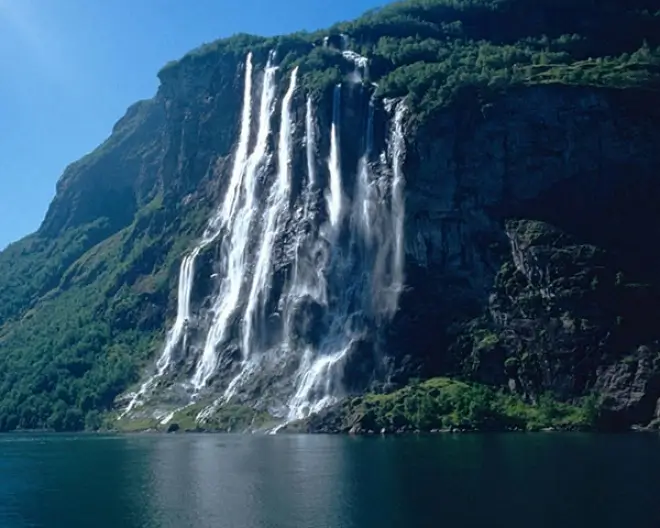
WANT TO RENT A CAR IN INDIA ?
Choose Your Traveling Theme




